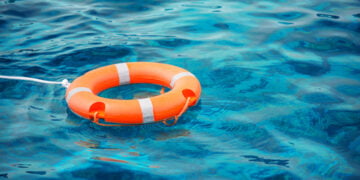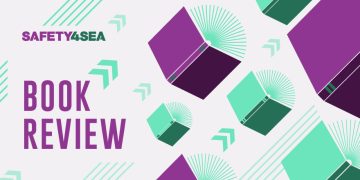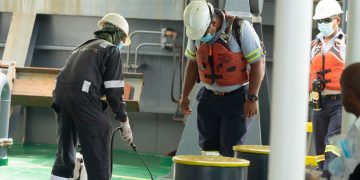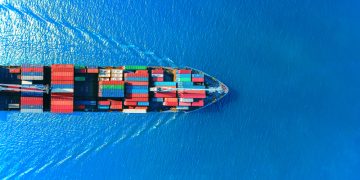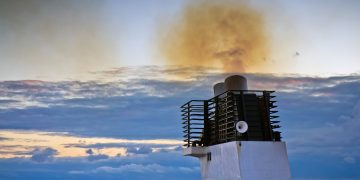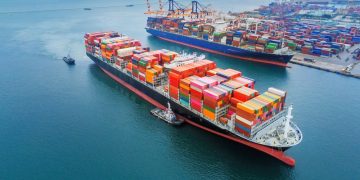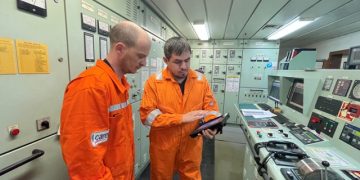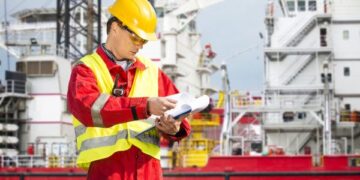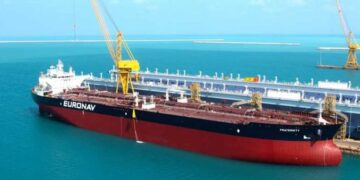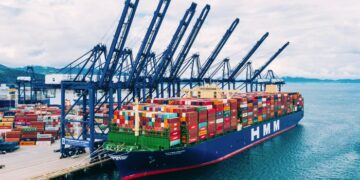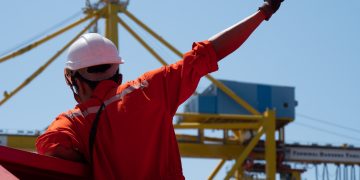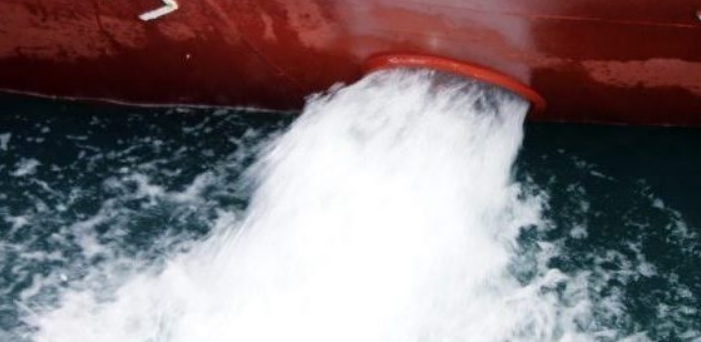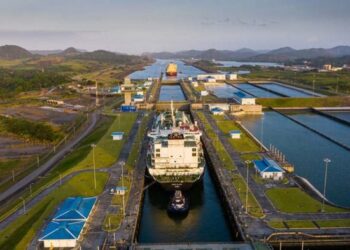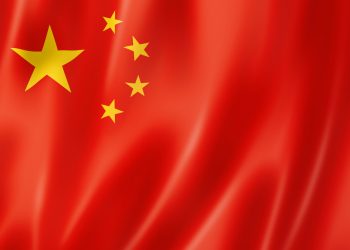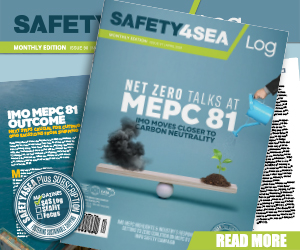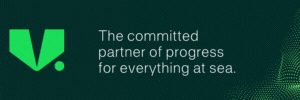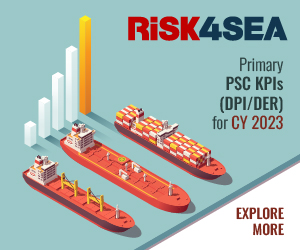Transport Canada shared a bulletin providing general information about the new Ballast Water Regulations which came into force on 3 June 2021. The regulations apply to Canadian vessels everywhere and to foreign vessels that are in waters under Canadian jurisdiction.
The Regulations incorporate by reference the requirements of the IMO’s BWM Convention, repeal the Ballast Water Control and Management Regulations and
- apply to Canadian vessels everywhere and all vessels in waters under Canadian jurisdiction;
- impose requirements based on the vessel’s length, its ballast water capacity, its date of construction, and its area of operation; and
- maintain foundational requirements from the former regulations that can still be applied to the amended regime, such as reporting requirements.
Vessels to which the Regulations apply are divided into four groups:
1. International vessels
Vessels that operate internationally will be required to be in compliance with the Convention regime, which requires that vessels:
- have onboard and implement an approved vessel-specific Ballast Water Management Plan;
- be surveyed and carry a Ballast Water Management Certificate;
- meet a performance standard that limits the number of organisms capable of reproducing in order to reduce the risk of aquatic species invasions (vessels are expected to use a BWMS to meet the performance standard);
- record ballast water operations and maintain a Ballast Water Record Book on board; and
be subject to inspections in ports or offshore terminals to ensure compliance.
These vessels will also be subject to some former provisions that remain relevant and are not part of the Convention regime:
- to flush otherwise-empty ballast tanks with open ocean water in order to reduce the risk posed by any residual ballast water and sediments;
- to exchange and flush ballast tanks in addition to meeting the performance standard when traveling to Canadian fresh waters (from outside of waters under Canadian jurisdiction, the Great Lakes and the high seas);
- to conduct any exchange or flushing operation in waters at least 2,000 metres deep, whenever possible; and
- to report on the provenance and management of ballast water released in Canada.
The Regulations will require all vessels on international voyage to comply with the Convention’s requirements. The Convention requires vessels traveling internationally and built on or after September 8, 2017 to meet the performance standard when the vessel is launched. Conversely, as per the Convention, vessels built before September 8, 2017 will be required to meet the performance standard using a phased-in approach from 2019 to 2024.
2. Domestic and Great Lakes vessels
These vessels include those that operate exclusively in waters under Canadian jurisdiction, as well as those that operate there and at US Great Lakes ports and/or on the high seas. To address the spread of species within Canada, domestic and Great Lakes vessels will be required to comply with the same applicable requirements as vessels in Group 1 above.
However, those vessels constructed in or after 2009 will have until September 8, 2024 to come into compliance with the performance standard, while those vessels constructed before 2009 will have until September 8, 2030 to come into compliance.
Non-party vessels (e.g., US vessels) that transit through Canadian waters of the Great Lakes Basin without loading or unloading ballast water (other than ballast water necessary for the purpose of ensuring the safety of the vessel on a voyage between non-Canadian ports) will be exempt from the Regulations.
3. Vessels of non-parties
[smlsubform prepend=”GET THE SAFETY4SEA IN YOUR INBOX!” showname=false emailtxt=”” emailholder=”Enter your email address” showsubmit=true submittxt=”Submit” jsthanks=false thankyou=”Thank you for subscribing to our mailing list”]
The Convention requires Canada to apply the requirements of the Convention to vessels of non-parties to ensure that no favorable treatment is given to such vessels. The Convention’s requirements include the development of approved ballast water management plans for meeting the Convention’s performance standard wherever ballast water is discharged – even if the ballast is ultimately discharged into waters of non-parties. The Regulations, therefore, require that vessels that load or discharge ballast water in Canada hold and keep on board a document of compliance issued by, or on behalf of, their flag state that certifies that the vessel meets the requirements of the Convention.
4. Vessels subject to the equivalent compliance regime
The Convention allows Canada to establish equivalent compliance requirements for certain international pleasure craft, and search and rescue craft that carry less than eight cubic metres of ballast water and are less than 50 metres in length. The Regulations will do so for these vessels by giving effect to the IMO guidelines for equivalent compliance. For reasons of practicality and feasibility, the Regulations will also allow vessels less than 50 metres in length, as well as non-self-propelled vessels with a gross tonnage of less than 3,000 tons, to follow the equivalent compliance regime if they operate exclusively in waters under Canadian jurisdiction, or in those waters and on the high seas. Equivalent compliance refers to a set of methods and best practices approved by the IMO that allows vessel owners to determine how best to manage ballast water onboard their vessel, as installing and operating BWMS and meeting all of the requirements under the Regulations is not always feasible.
Exemptions
The Convention provides a mechanism for risk-based exemptions under its Regulation A-4. Transport Canada will consider applications for exemption on a case-by-case basis from vessel owners that meet exemption requirements under regulation A-4.








